How To Create A Pumpkin Bird Feeder And More
Try these easy no-waste methods to turn your holiday pumpkins into attractive designs with a purpose!
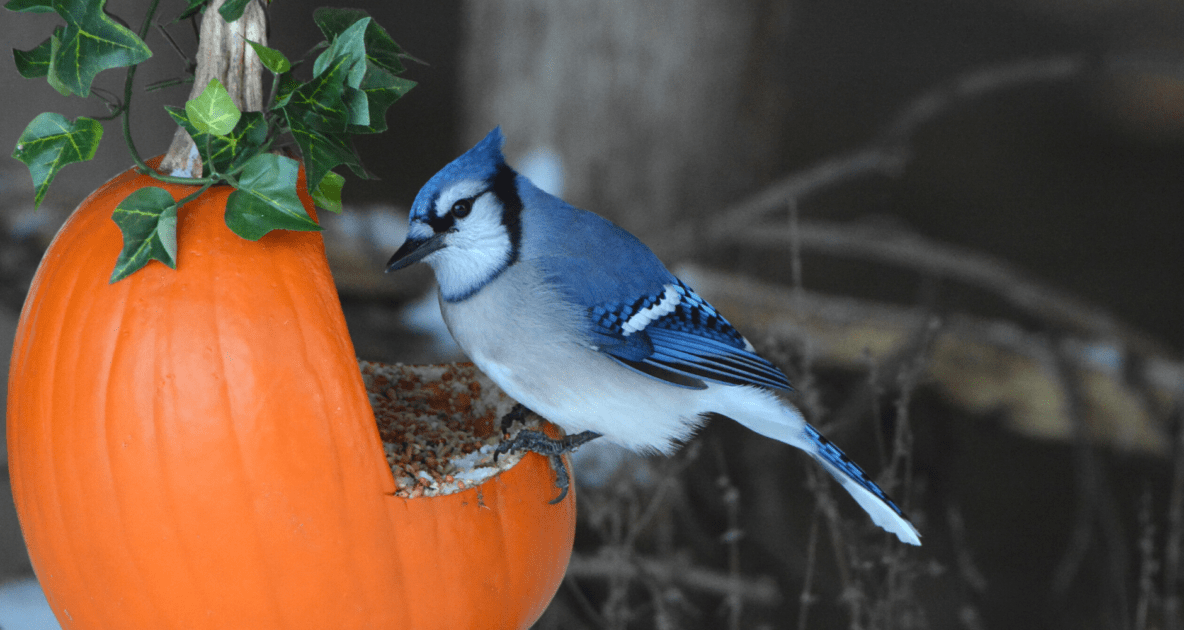
Whether carved, painted, or artfully arranged, pumpkins are one of the easiest and most popular autumn decorations. They can be much more than just decorative, however. In fact, they can transform into practical feeders for your feathered friends to enjoy in your backyard. And the best part—it’s super easy!
Repurpose Your Jack-O-Lantern!
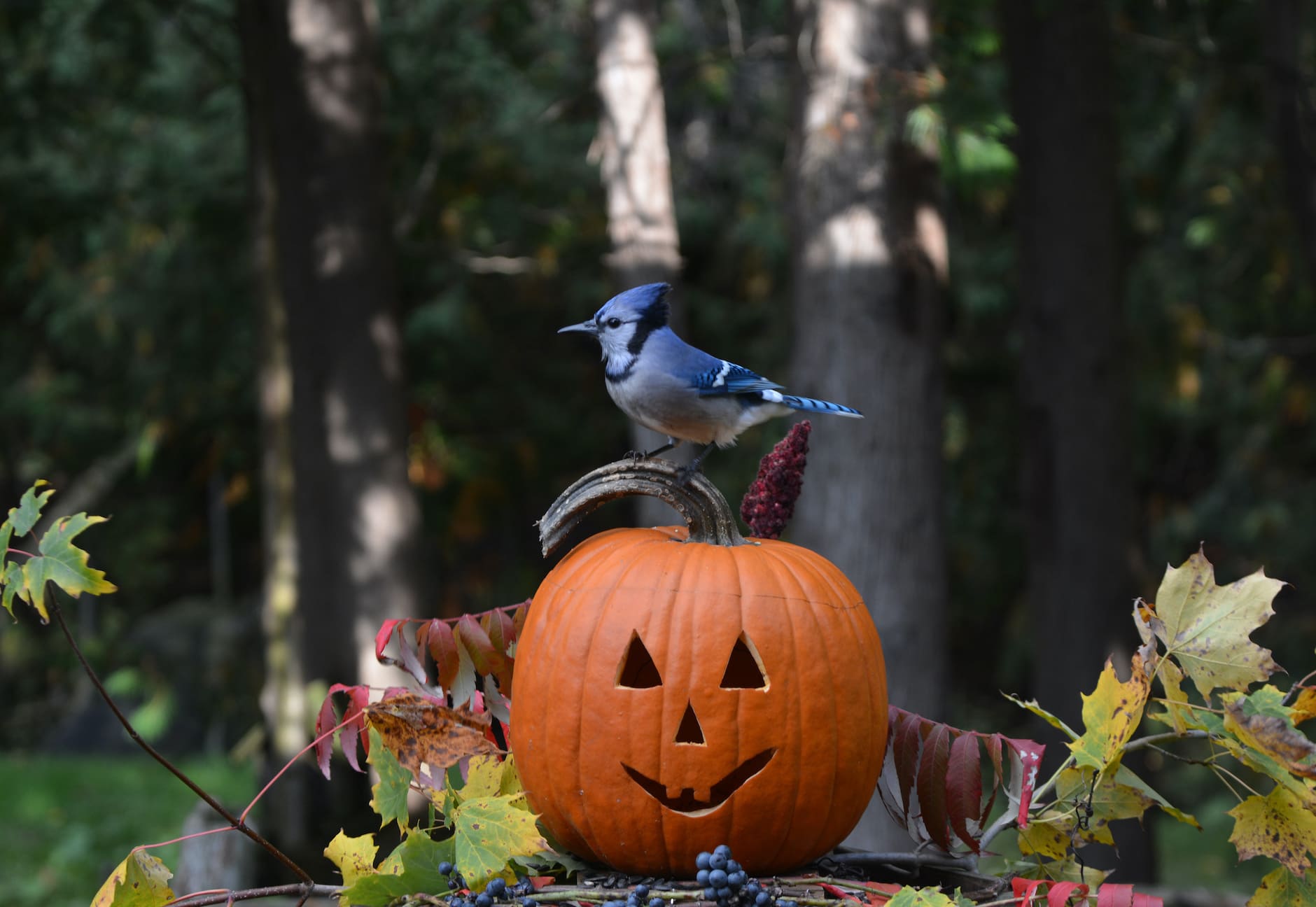
You can easily repurpose your Halloween jack-o-lantern by turning it into a bird feeder provided the pumpkin is not rotted or decorated with unsafe accents. If you used a real candle to illuminate your jack-o-lantern, be sure to scrape away any wax or blackened areas on the flesh first.
Cut the pumpkin in half so it resembles a bowl, or carve around the face so it has a large opening. Fill it with bird seed.
Position these feeders around a feeding station, on a deck, in flowerbeds, or just throughout the yard for hungry birds to enjoy. Of course you may have raccoons or other hungry critters enjoying this treat so feel free to bring it indoors at night.
Carved Pumpkin Bird Feeders
If you enjoy carving pumpkins, you’ll love this simple project to create a bird feeder just by adding birdseed and making a few minor adjustments.
View this post on Instagram
Step 1
First, carve the holes and designs slightly larger than you might for decorative purposes, to ensure they are big enough for birds to access the feeder. Every hole does not need to be big enough for a bird, but there should be at least two or three ways birds can get in and out so they will feel secure and comfortable, and the feeder will be able to accommodate more birds.
Step 2
After carving the pumpkin, submerge it for an hour in a weak bleach solution: 3 tablespoons bleach in 3 gallons of water—note: this is a very mild solution. You can also put this mixture in a spray bottle and spray the pumpkin. This will hydrate the pumpkin and minimize mold, keeping the carved pumpkin fresh for a longer period.
Do not, however, apply petroleum jelly or other oily products to the cut edges, as these products can easily smear on birds’ feathers, causing problems similar to oil spill contamination.
Step 3
Allow your pumpkin to dry thoroughly, then fill it with seed for birds to discover. Mixed seed or black oil sunflower seed will attract the most species and will help fuel birds’ autumn migration, as well as provide energy for the year-round guests who may be bulking up or storing seeds for winter. Sprinkling some seeds on the cut edges of the pumpkin or around where you’ve placed your carved feeder will help birds discover the bounty.
DIY Pumpkin Bird Feeder Vase
For an even more festive option, turn your pumpkin into a bird-friendly feeder bouquet.
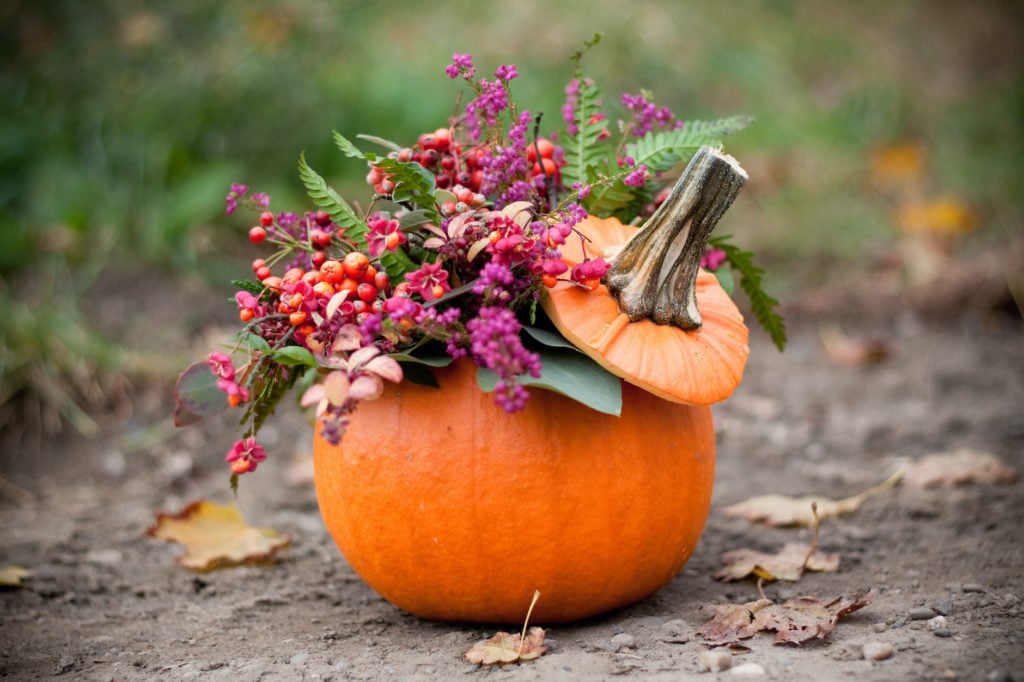
Instead of carving a complete pattern in the fruit, only remove the top and hollow out the center. Slip a simple gardening pot into the pumpkin, and use it as a vase for seed-filled blooms, such as a ripe sunflower head, ripened coneflowers, marigolds, and other bird-friendly flowers. Adding millet sprigs, wheat stems, acorn sprigs, and ripe berry stems will add more texture and color to the bouquet, while also providing a greater variety of food to attract more birds. For more decorative touches, add ripe pine cones, colorful leaves, or other greenery accents as well.
To make a floral feeder vase even more attractive, use non-toxic paint to decorate the pumpkin with lines, swirls, shapes, initials, or a fun Halloween message. Place these feeder vases in window boxes for instant autumn décor, or arrange them on steps, use one as a patio table centerpiece, or add a delicious vase to a ground feeding station as an instant arrangement to attract birds.
Speckled Sunflower Pumpkins
For an elegant decoration both you and the birds will love, you can create a speckled sunflower pumpkin bird feeder, studded with sunflower seeds. Clean the outside of your pumpkin first, then sketch out any design you like – thin, delicate designs like lace, filigree, swirls, and outlines will work best.
Use an awl or the tip of a knife or scalpel to create starter holes or tracks over the entire design. Then give the pumpkin a quick soak in a weak bleach bath to minimize mold and keep it fresh.
After drying your pumpkin, follow your outlined design by pressing large seeds into the flesh, point-side in for a better grip. Keep the seeds close together to create a uniform appearance, and consider changing seed types (black oil sunflower, striped sunflower, safflower) for more variation and distinction.
You can even use pumpkin seeds for your design, and birds such as jays, thrashers, and mockingbirds will happily munch on them. Fill in every line, ensuring the seeds are firmly in place and close together for the best appearance. The birds will have no trouble removing them!
Like other pumpkin bird feeders, these speckled designs can be arranged in groups on a platform feeder, deck, or ground feeding area. If miniature pumpkins are speckled, they can even be hung individually from tree branches for festive and delicious fall decorations for birds.
No matter which type of pumpkin bird feeder you create, it will not only be an attractive addition to your autumn decorations, but a festive feeder all your backyard birds will enjoy.

Melissa Mayntz
Melissa Mayntz is a writer who specializes in birds and birding, though her work spans a wide range—from folklore to healthy living. Her first book, Migration: Exploring the Remarkable Journeys of Birds was published in 2020. Mayntz also writes for National Wildlife Magazine and The Spruce. Find her at MelissaMayntz.com.


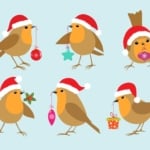
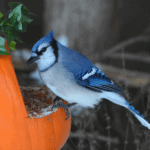
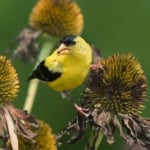
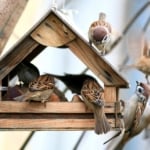
Hello
My pumpkins don’t stay around long enough to get moldy between birds, squirrels and the occasional deer even turkeys.
While it’s true that straight bleach can be highly toxic, the article recommends only a very weak solution (even far weaker than what is often used to clean feeders or bird baths), which will quickly decay and poses no threat to birds. If you are nervous about it, lemon juice and vinegar are good substitutions, but you’ll need a lot of the liquid and it won’t be quite as effective as weak bleach water.
Do NOT use bleach, as it’s toxic to birds.
Instead, use vinegar or lemon juice.
Hi Patricia, hopefully you saw the note from the author on your concerns.